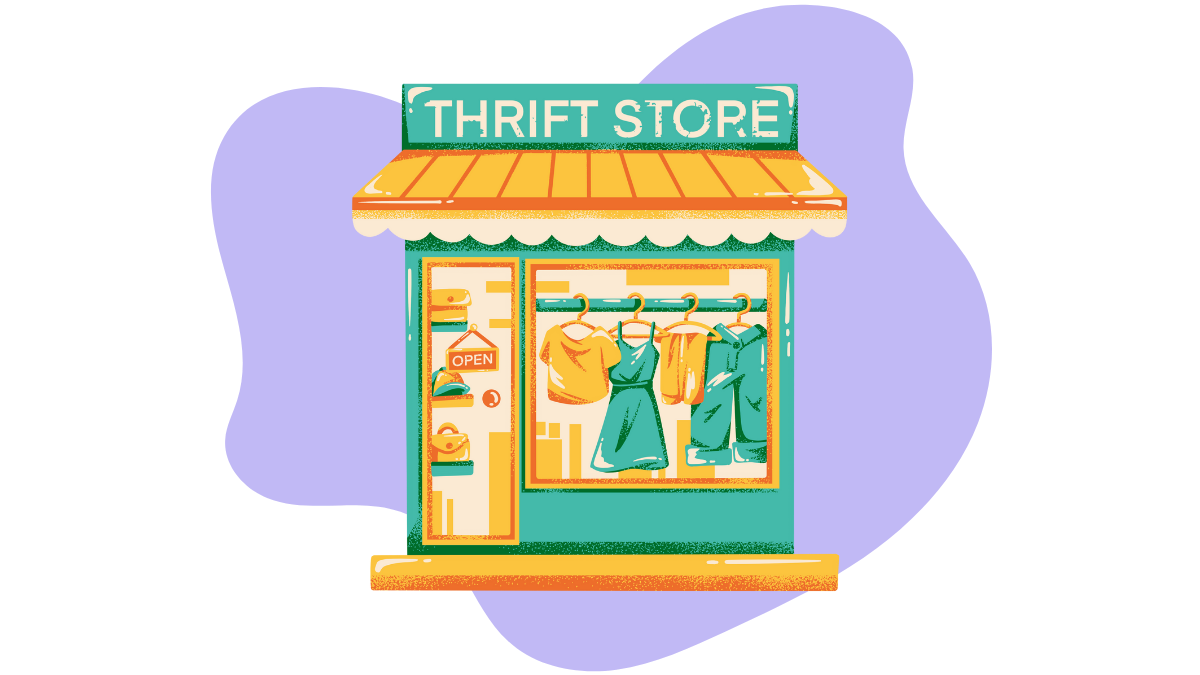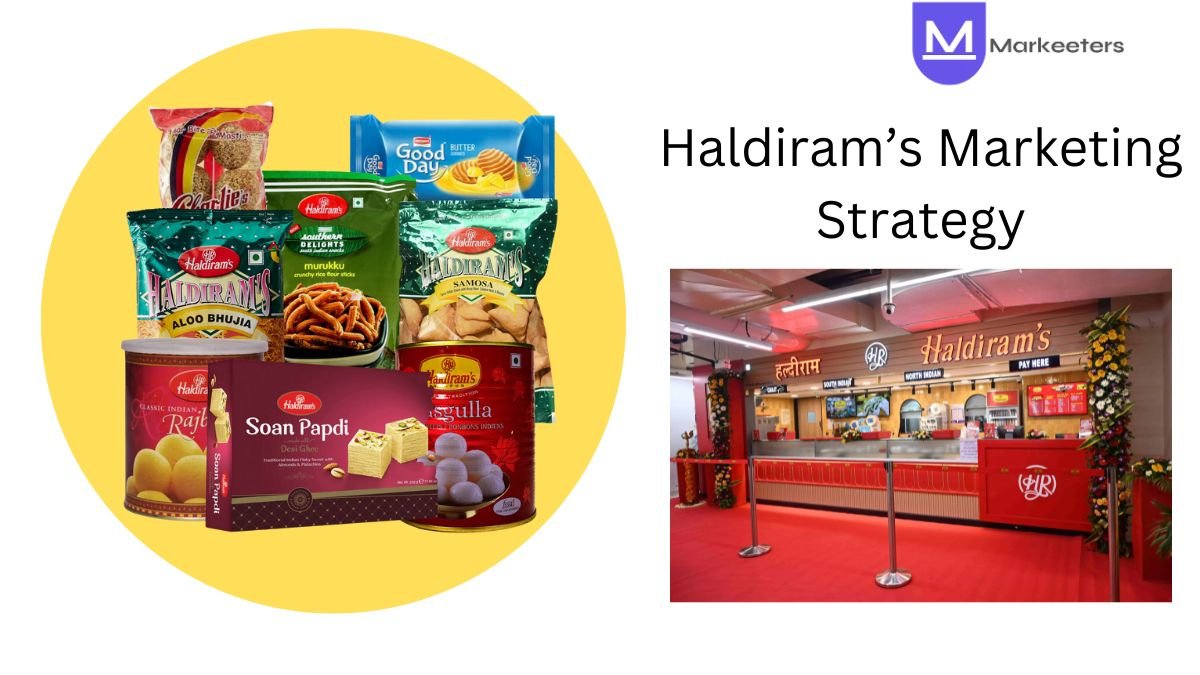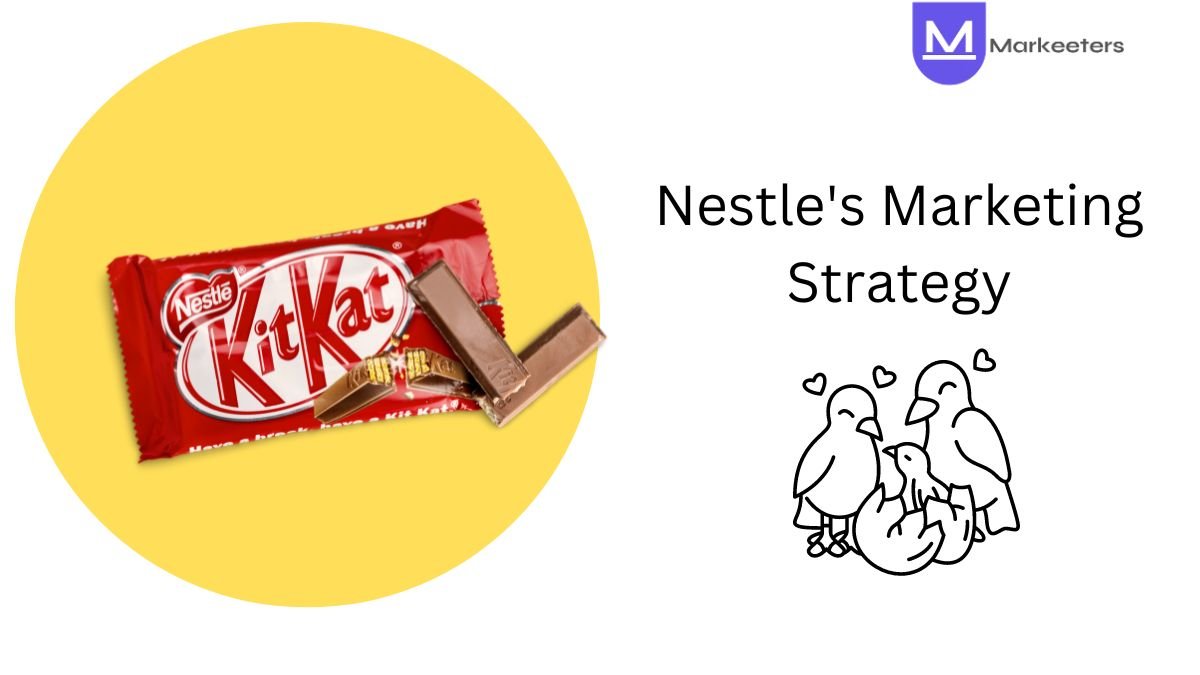For thrift stores, social media platforms serve as excellent channels to showcase unique finds, engage with customers, and drive foot traffic. This guide aims to outline effective strategies to leverage social media for increased visibility, customer engagement, and sales in the thrift store industry.
Target Audience
Identify the primary audience for thrift store social media marketing:
- Budget-Conscious Shoppers – Engaging individuals seeking affordable, unique, and vintage items at discounted prices.
- Fashion Enthusiasts – Targeting fashionistas interested in eclectic, trendy, and sustainable fashion pieces.
- Eco-Conscious Consumers – Attracting environmentally conscious buyers interested in secondhand, sustainable shopping.
- DIY & Upcycling Communities – Engaging with DIY enthusiasts, crafters, and upcyclers seeking materials or inspiration.
Goals
Define the objectives of utilizing social media for thrift store marketing:
- Brand Visibility & Trust – Establishing the thrift store as a reliable source for quality, affordable, and unique finds.
- Product Showcasing & Sales – Showcasing inventory, promoting sales, and driving foot traffic to the store or online platforms.
- Educational Content & DIY Tips – Providing fashion tips, DIY upcycling ideas, and sustainable shopping guides.
- Community Engagement – Fostering engagement, sharing customer stories, and building a community of thrift store enthusiasts.
Platforms to Focus On
Identify key social media platforms for thrift store marketing:
- Instagram – Visual storytelling through high-quality images, outfit inspiration, and styled looks with thrifted items.
- Facebook – Utilize business pages, groups, and targeted ads to showcase inventory, promotions, and engage with the community.
- Pinterest – Curate boards featuring fashion trends, upcycling ideas, and DIY projects using thrifted items.
- TikTok (Optional) – Creative short-form videos showcasing thrift store hauls, transformations, or styling tips.
Content Strategies
Develop content strategies tailored for thrift store marketing:
- Product Showcases & Styling Ideas – Showcasing thrifted items, styled outfits, or home decor setups through captivating visuals.
- DIY & Upcycling Projects – Sharing tutorials, before-and-after transformations, and creative ways to repurpose thrifted finds.
- Customer Spotlights & Testimonials – Featuring customer stories, hauls, or testimonials about unique finds from the store.
- Seasonal Sales & Event Promotions – Announcing sales, themed events, or special discounts through engaging content.
Engagement & Conversion Tactics
Implement strategies to engage customers and convert social media traffic into store visits or online sales:
- Call-to-Action (CTA) – Encouraging followers to visit the store, shop online, or share their thrift store finds.
- User-Generated Content – Encouraging customers to share their thrifted purchases, tag the store, and use branded hashtags.
- Live DIY Sessions & Q&A – Hosting live sessions featuring DIY projects, fashion tips, or answering customer queries.
- Exclusive Offers & Giveaways – Offering exclusive discounts, giveaways, or rewards for social media followers.
Analytics & Optimization
Utilize analytics to measure and optimize social media performance for store visits or online sales:
- Engagement Metrics – Monitor likes, comments, shares, and engagements across social media platforms.
- Conversion Tracking – Track website visits, online sales, or store foot traffic resulting from social media referrals.
- Audience Insights – Understand demographics, interests, and engagement patterns for targeted content.
- Campaign Optimization – Adjust strategies based on performance, analyze successful content, and refine targeting for better results.
Challenges & Solutions
Address potential challenges in thrift store social media marketing:
- Quality & Consistency – Maintaining consistent content quality and posting schedules to keep followers engaged.
- Inventory & Unique Finds – Continuously sourcing unique items, updating inventory, and showcasing diverse selections.
- Managing Reviews & Feedback – Responding to customer reviews, feedback, and addressing concerns professionally.
- Brand Differentiation & Trends – Staying updated with fashion trends, showcasing unique offerings, and setting the store apart from competitors.
Conclusion
Leveraging social media effectively can significantly boost brand visibility, customer engagement, and sales for thrift stores. This guide provides a roadmap for engaging customers, showcasing thrifted finds, and building a strong online presence in the thrift store industry.







